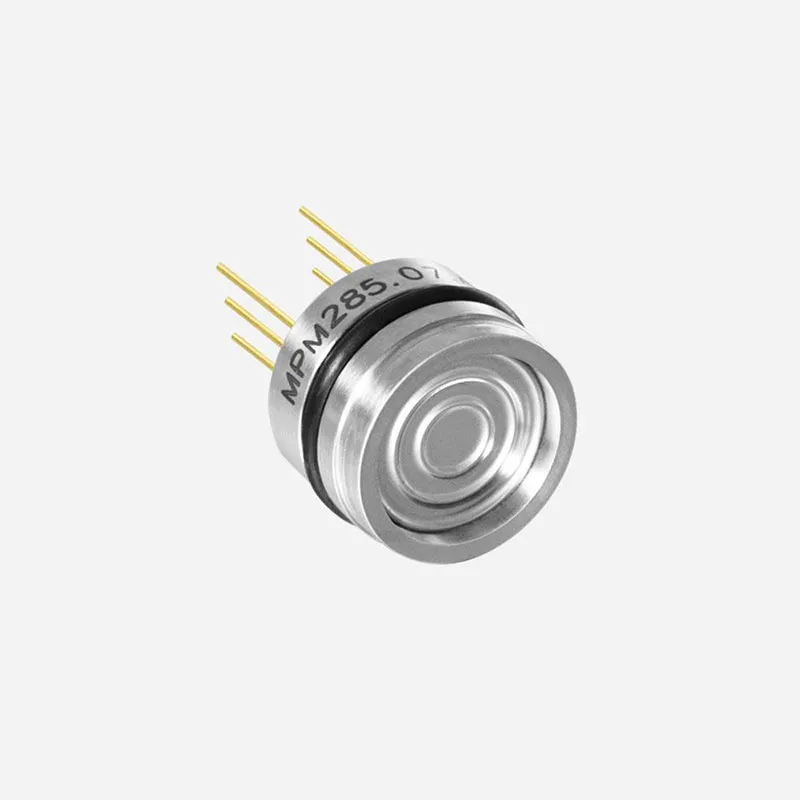Pressure and Temperature Sensor
Φ19×11.5mm
Pressure range: 0bar~0.35bar…1000bar
Gauge, absolute, sealed gauge
New Product Change Notice (PCN) effective Jan 1, 2025. MICROSENSOR appreciate your understanding.
MPM285
Used For
Industrial Process Control, Gas & Liquid Pressure Measure, Pressure Checking Meter & Pressure Calibrator, Liquid Pressure System and Switch
Leave a MessageMPM285 oil-filled pressure sensor employs a silicon die known for its exceptional stability, a corrugated diaphragm made of stainless steel 316L, and a sturdy housing crafted from stainless steel 316L. The compact construction and size of the pressure sensors are suitable and applicable for a limited installation space working site. It can also measure the medium compatible with stainless steel and FKM.
Feature
• Cost Effective, Small size
• Chip from international famous brand
• Laser Trimming for temperature compensation
• Pressure range: 0bar~1bar…35bar
• Gauge, Sealed gauge and Absolute
Electrical Performance
• Electrical connection: Φ0.5mm Kovar pin or 100mm silicon rubber flexible wires
• Common mode voltage output: 50% of input (typ.)
• Input impedance: 2.5kΩ~5kΩ
• Output impedance: 3.5kΩ~6kΩ
• Response (10%~90%): <1ms
• Insulation resistor: 100MΩ@100V DC
• Overpressure: 2 times FS
Construction Performance
• Diaphragm: Stainless steel 316L
• Housing: Stainless steel 316L
• Pin: Kovar
• O-ring: FKM
• Net weight: ~10g
Image:
MPM285 oil-filled pressure sensor employs a silicon die known for its exceptional stability, a corrugated diaphragm made of stainless steel 316L, and a sturdy housing crafted from stainless steel 316L. The compact construction and size of the pressure sensors are suitable and applicable for a limited installation space working site. It can also measure the medium compatible with stainless steel and FKM.
Feature
• Cost Effective, Small size
• Chip from international famous brand
• Laser Trimming for temperature compensation
• Pressure range: 0bar~1bar…35bar
• Gauge, Sealed gauge and Absolute
Electrical Performance
• Electrical connection: Φ0.5mm Kovar pin or 100mm silicon rubber flexible wires
• Common mode voltage output: 50% of input (typ.)
• Input impedance: 2.5kΩ~5kΩ
• Output impedance: 3.5kΩ~6kΩ
• Response (10%~90%): <1ms
• Insulation resistor: 100MΩ@100V DC
• Overpressure: 2 times FS
Construction Performance
• Diaphragm: Stainless steel 316L
• Housing: Stainless steel 316L
• Pin: Kovar
• O-ring: FKM
• Net weight: ~10g
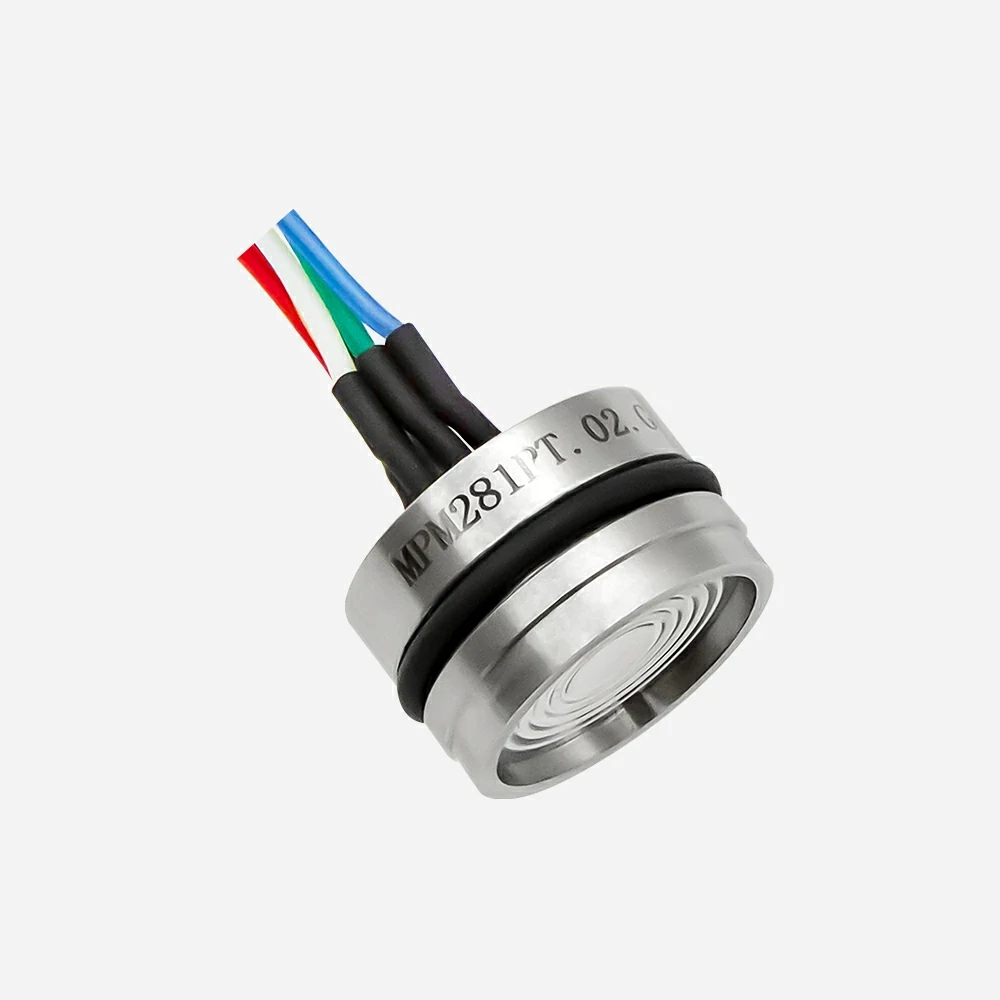
Φ19×11.5mm
Pressure range: 0bar~0.35bar…1000bar
Gauge, absolute, sealed gauge
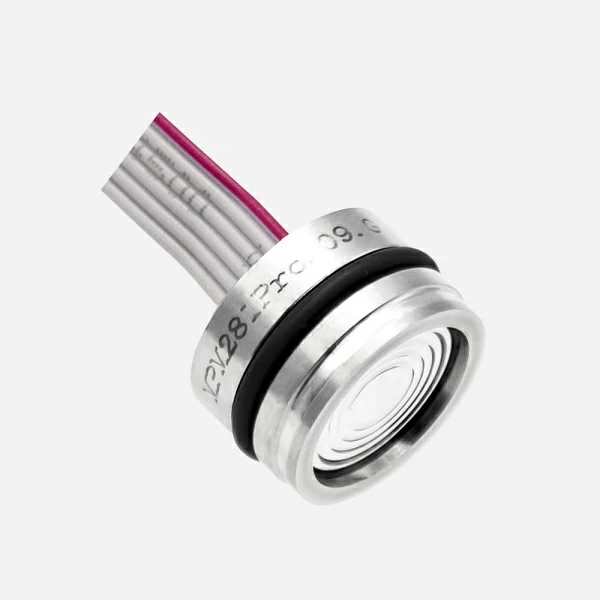
Φ19mm standard OEM pressure sensor
Pressure range: 0 ~ 0.07bar…35bar
Long-term stability: ± 0.1%FS/Year
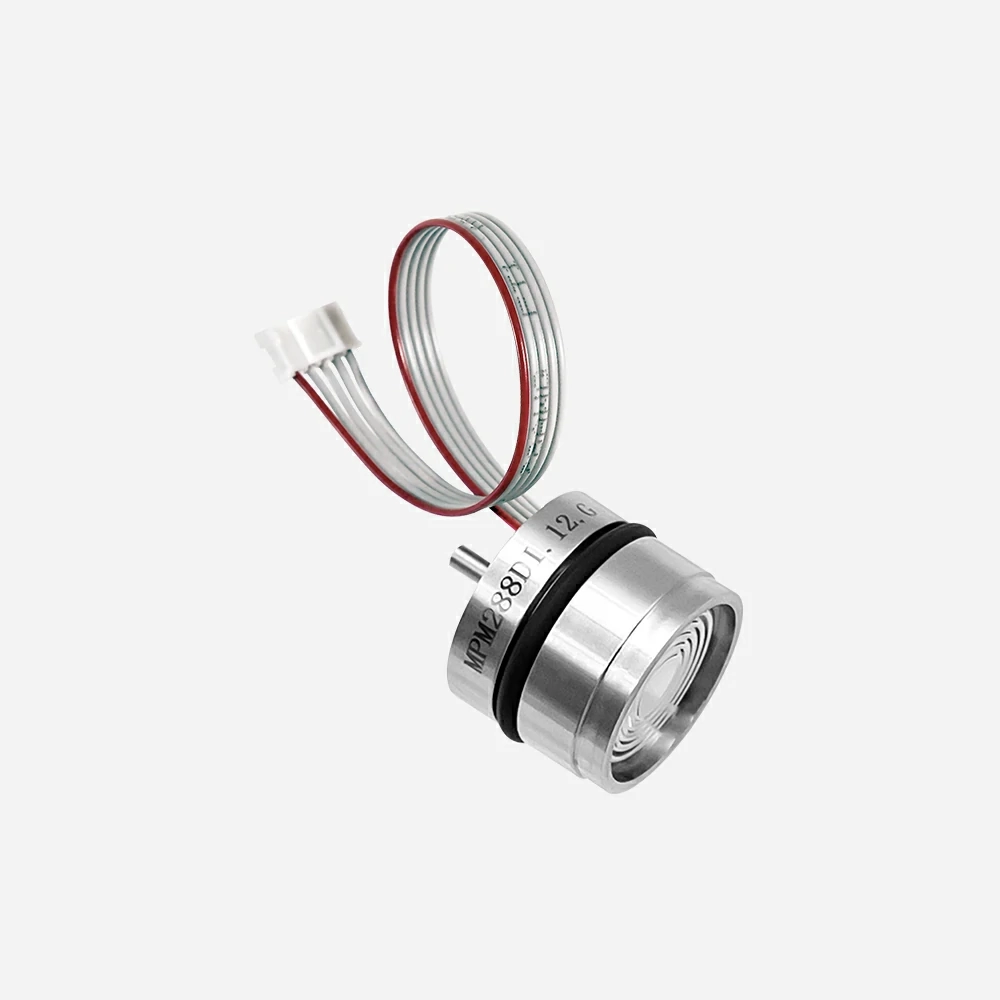
Range: -1bar…0bar~0.35bar…35bar
Output signal: Digital I²C (pressure, temperature)
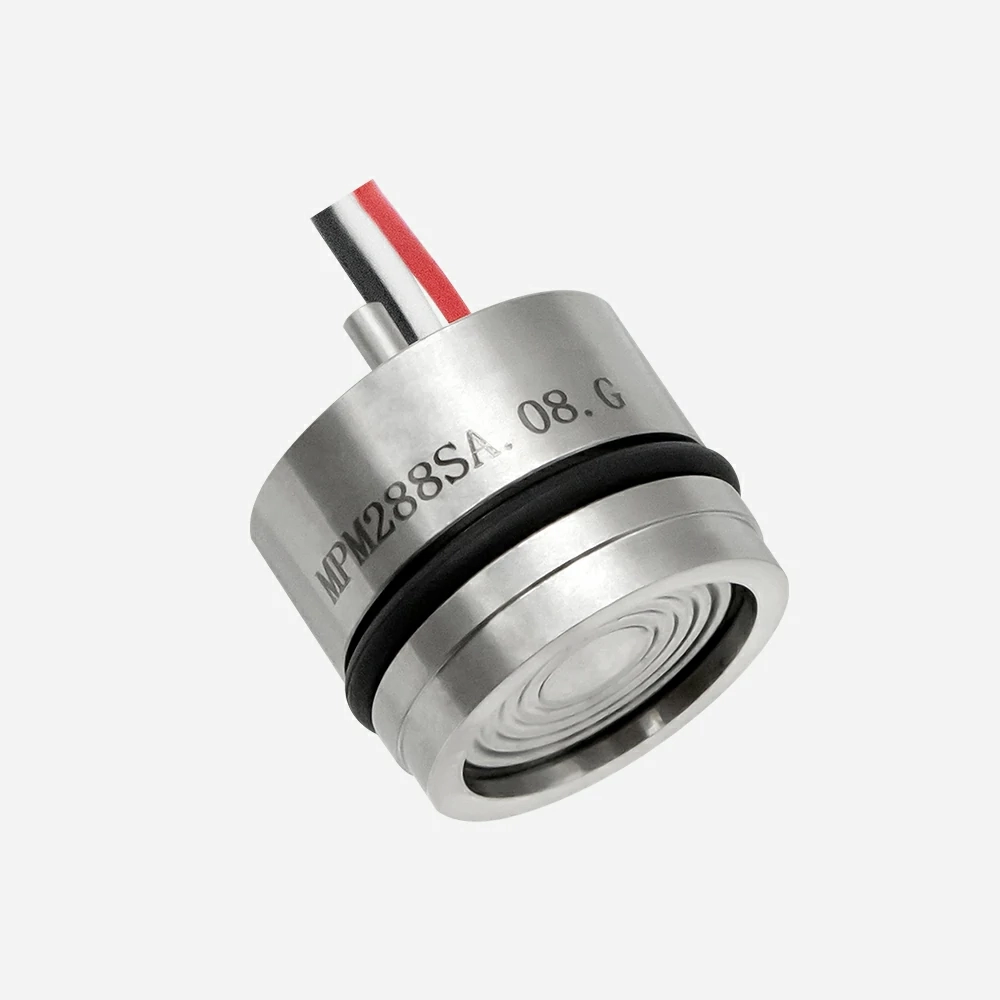
Range: -1bar…-0.35bar ~ 0bar ~0.35bar…700bar
No need for re-calibration for users, high precision
Customizable dimensions
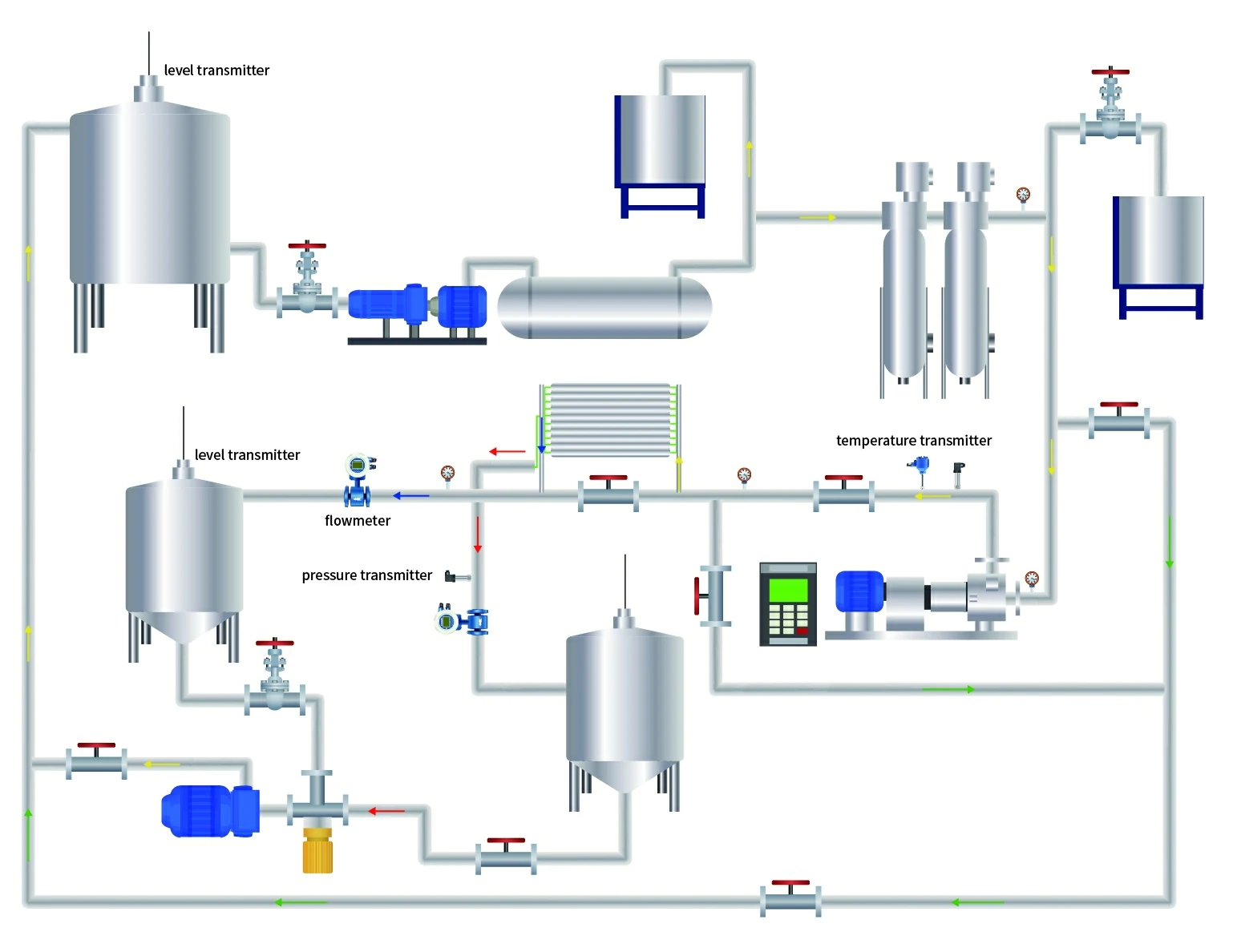
There is a shortage of freshwater resources in coastal or nearshore areas. Desalination is an important solution to water shortages in these areas. During the seawater desalination process, data such as flow rate and liquid level need to be monitored. Monitoring of these data ensures that the system is operating properly.
more info...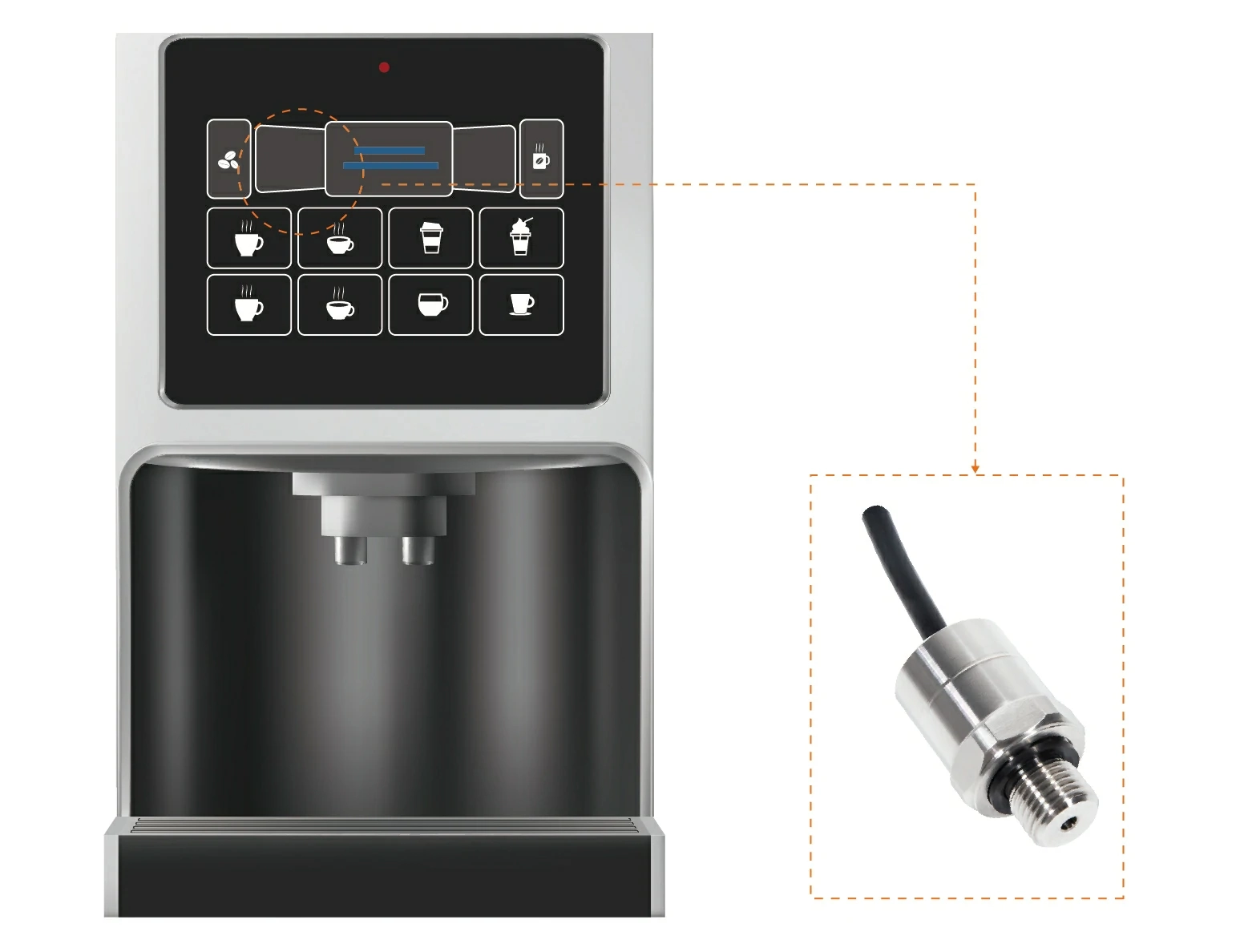
Perfect coffee needs pressure. Water and steam pressure monitoring of the coffee machine ensures safe and high-quality coffee production. Accurately measuring pressure is required during the coffee bean extraction, hot water delivery, and cleaning of coffee machines.
more info...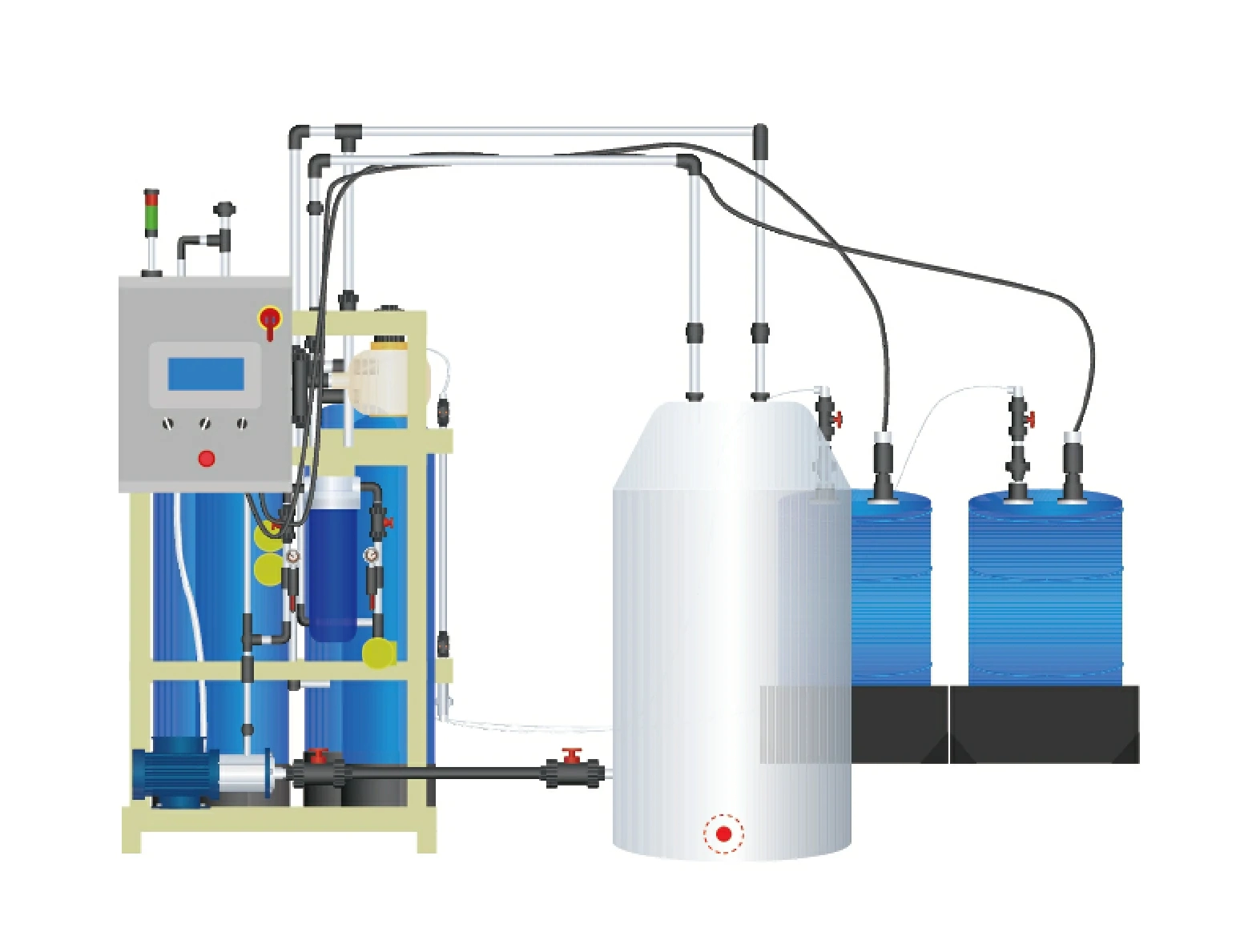
Deionized water is commonly used in industrial manufacturing cleaning processes. The target pressure values should be achieved during the production. It is necessary to monitor the pressure of the inlet and outlet. Only no blockages or leaks ensure normal operation of the production process.
more info...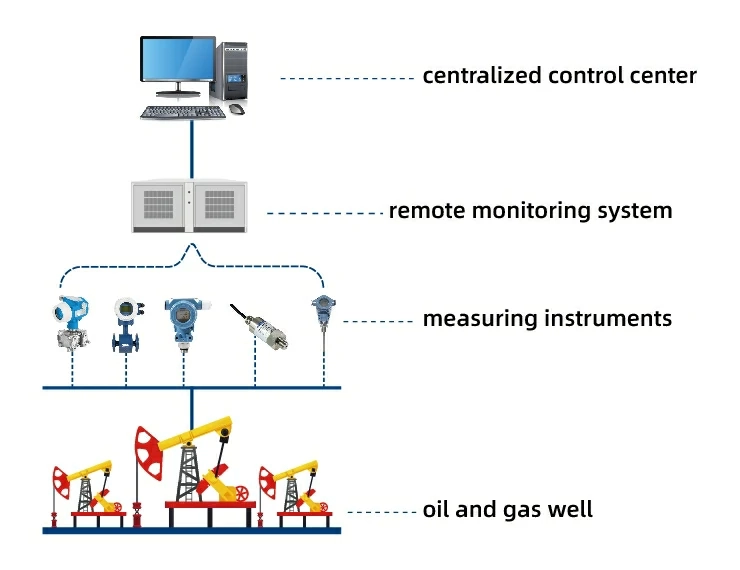
To accurately obtain information about fluid properties, oil layer depth, and other parameters during exploration and extraction, it is necessary to measure formation pressure, fluid density, temperature, and other factors. These data can be remotely transmitted to an online dispatch platform, connected with other oil and gas wells, and integrated into a dedicated IoT network for the oil field. This enables automatic data collection and remote control of oil well production, achieving unified scheduling and intelligent management of oil well production.
more info...